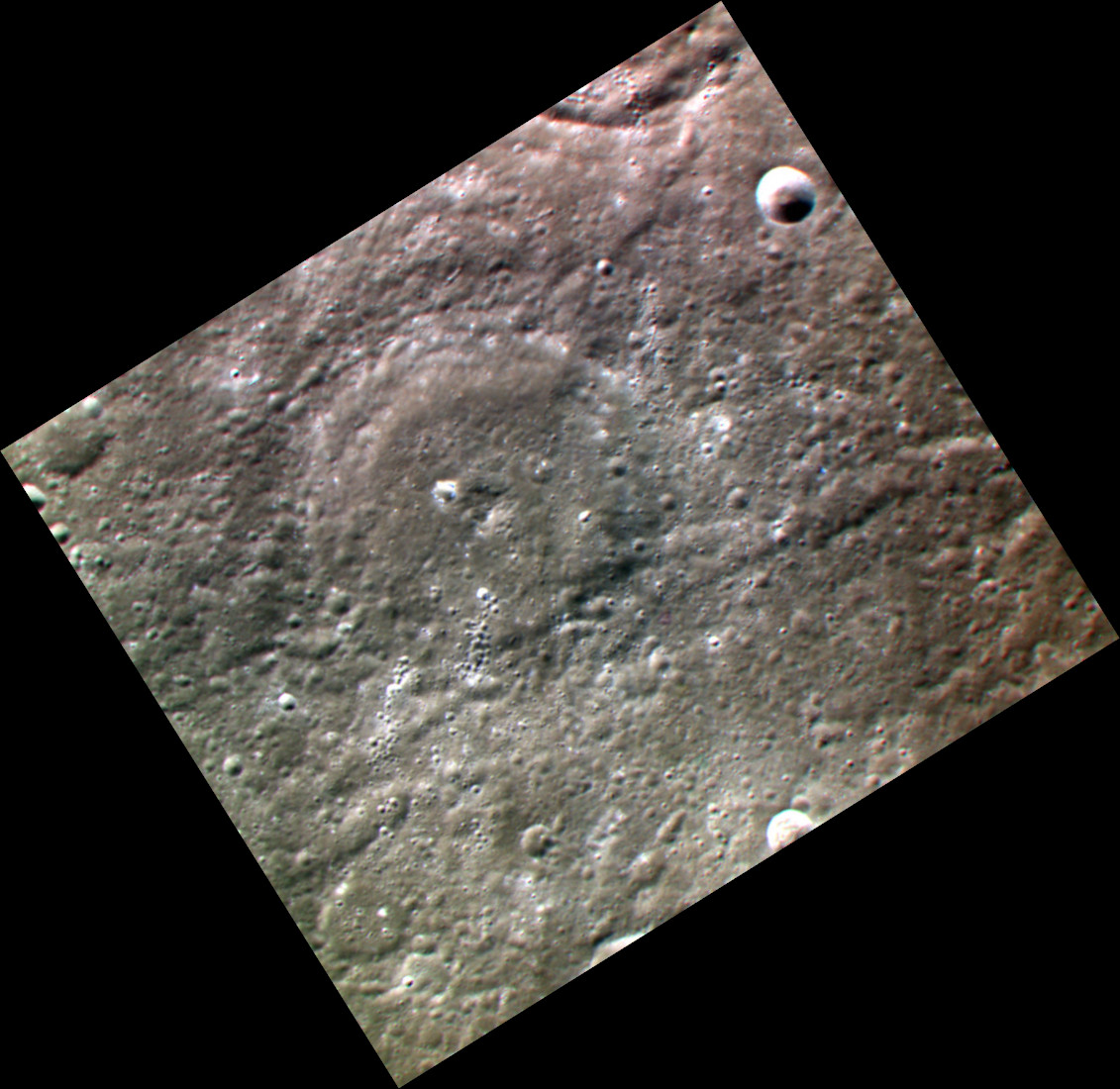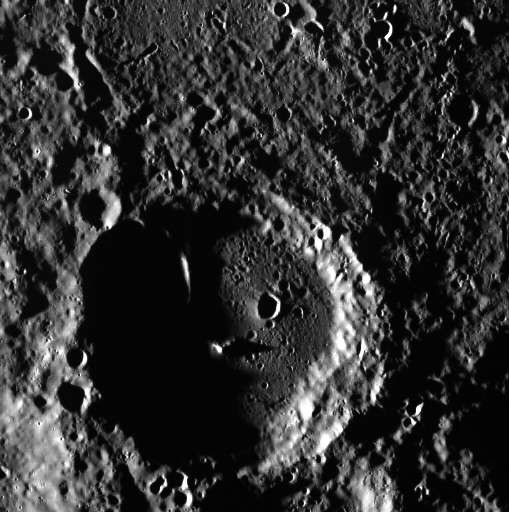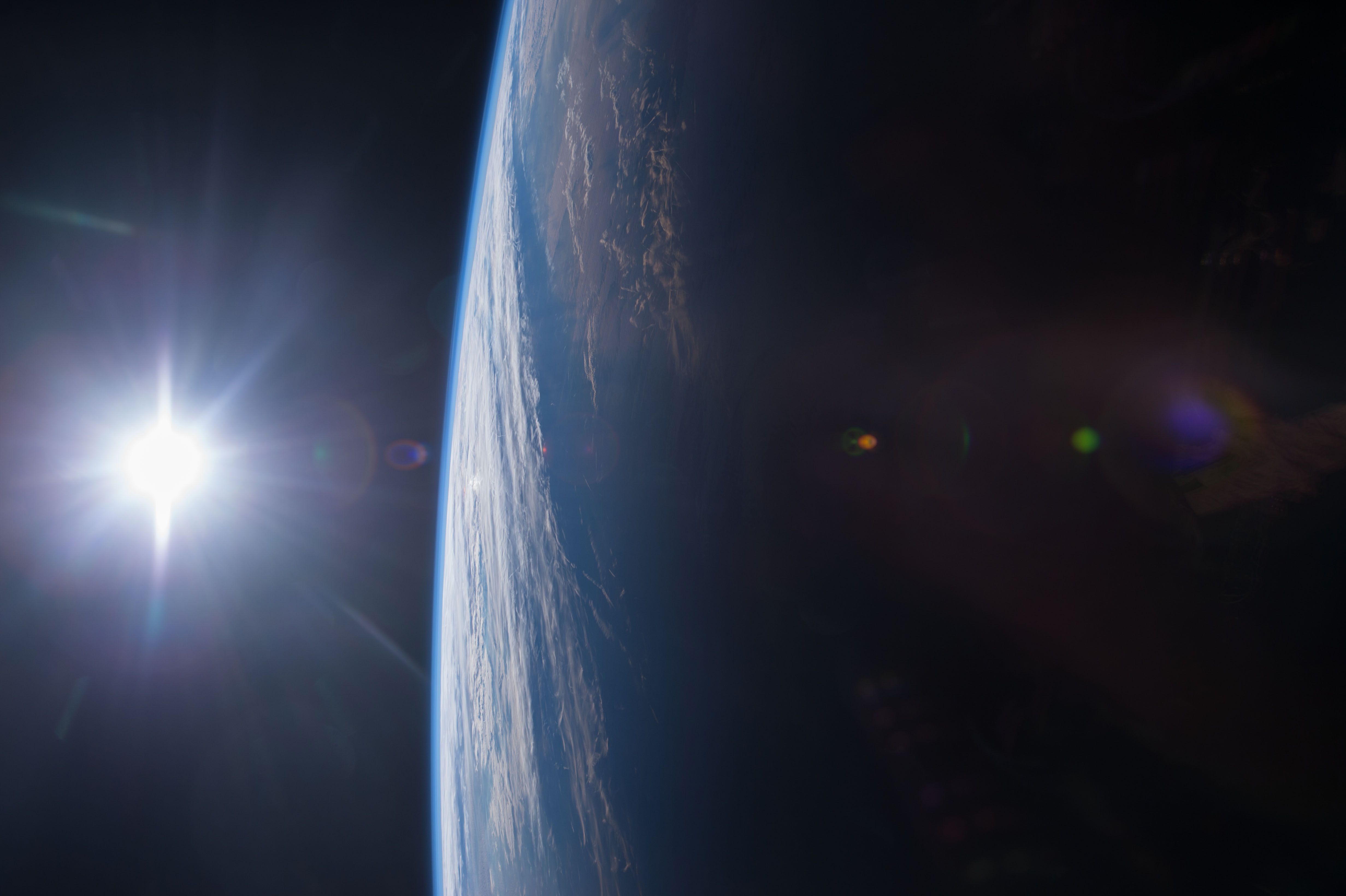|
Monet (crater)
Monet is a crater on Mercury. Its name was adopted by the International Astronomical Union (IAU) in 1979. Monet is named for the French artist Claude Monet, who lived from 1840 to 1926. To the west of Monet is Echegaray crater. To the northwest is Grieg, and to the southwest is Gluck Christoph Willibald (Ritter von) Gluck (; 2 July 1714 – 15 November 1787) was a composer of Italian and French opera in the early classical period (music), classical period. Born in the Upper Palatinate and raised in Bohemia, both part of the .... To the east is Sousa crater. Monet crater MESSENGER WAC IGF to RGB.jpg, Exaggerated color image of northern Monet (lower right) Monet crater MESSENGER WAC mosaic.jpg, Eastern Monet crater near the terminator References Impact craters on Mercury Claude Monet {{Mercury-planet-stub ... [...More Info...] [...Related Items...] OR: [Wikipedia] [Google] [Baidu] |
MESSENGER
''MESSENGER'' was a NASA robotic space probe that orbited the planet Mercury between 2011 and 2015, studying Mercury's chemical composition, geology, and magnetic field. The name is a backronym for "Mercury Surface, Space Environment, Geochemistry, and Ranging", and a reference to the messenger god Mercury from Roman mythology. ''MESSENGER'' was launched aboard a Delta II rocket in August 2004. Its path involved a complex series of flybys – the spacecraft flew by Earth once, Venus twice, and Mercury itself three times, allowing it to decelerate relative to Mercury using minimal fuel. During its first flyby of Mercury in January 2008, ''MESSENGER'' became the second mission, after Mariner 10 in 1975, to reach Mercury. ''MESSENGER'' entered orbit around Mercury on March 18, 2011, becoming the first spacecraft to do so. It successfully completed its primary mission in 2012. Following two mission extensions, the spacecraft used the last of its maneuvering propellant to ... [...More Info...] [...Related Items...] OR: [Wikipedia] [Google] [Baidu] |
Claude Monet
Oscar-Claude Monet (, , ; 14 November 1840 – 5 December 1926) was a French painter and founder of impressionist painting who is seen as a key precursor to modernism, especially in his attempts to paint nature as he perceived it. During his long career, he was the most consistent and prolific practitioner of impressionism's philosophy of expressing one's perceptions before nature, especially as applied to '' plein air'' (outdoor) landscape painting. The term "Impressionism" is derived from the title of his painting '' Impression, soleil levant'', exhibited in the 1874 ("exhibition of rejects") initiated by Monet and his associates as an alternative to the Salon. Monet was raised in Le Havre, Normandy, and became interested in the outdoors and drawing from an early age. Although his mother, Louise-Justine Aubrée Monet, supported his ambitions to be a painter, his father, Claude-Adolphe, disapproved and wanted him to pursue a career in business. He was very close to his m ... [...More Info...] [...Related Items...] OR: [Wikipedia] [Google] [Baidu] |
Mercury (planet)
Mercury is the smallest planet in the Solar System and the closest to the Sun. Its orbit around the Sun takes 87.97 Earth days, the shortest of all the Sun's planets. It is named after the Roman god ' ( Mercury), god of commerce, messenger of the gods, and mediator between gods and mortals, corresponding to the Greek god Hermes (). Like Venus, Mercury orbits the Sun within Earth's orbit as an inferior planet, and its apparent distance from the Sun as viewed from Earth never exceeds 28°. This proximity to the Sun means the planet can only be seen near the western horizon after sunset or the eastern horizon before sunrise, usually in twilight. At this time, it may appear as a bright star-like object, but is more difficult to observe than Venus. From Earth, the planet telescopically displays the complete range of phases, similar to Venus and the Moon, which recurs over its synodic period of approximately 116 days. The synodic proximity of Mercury to Earth makes Mercury ... [...More Info...] [...Related Items...] OR: [Wikipedia] [Google] [Baidu] |
Institute Of Physics Publishing
IOP Publishing (previously Institute of Physics Publishing) is the publishing company of the Institute of Physics. It provides publications through which scientific research is distributed worldwide, including journals, community websites, magazines, conference proceedings and books. The Institute of Physics is a scientific charity devoted to increasing the practice, understanding and application of physics. Any financial surplus earned by IOP Publishing goes to support physics through the activities of the Institute. The main IOP Publishing headquarters is located in Bristol, England, and the North American headquarters is in Philadelphia, United States. It also has regional offices in, Mexico City, Beijing, Tokyo, Moscow, St. Petersburg, and Sydney. It employs over 400 staff. It was the first physics publisher to publish a journal on the internet. In 1994, the journal ''Classical and Quantum Gravity'' was published as a TeX file. In January 1996 the organization launched th ... [...More Info...] [...Related Items...] OR: [Wikipedia] [Google] [Baidu] |
International Astronomical Union
The International Astronomical Union (IAU; french: link=yes, Union astronomique internationale, UAI) is a nongovernmental organisation with the objective of advancing astronomy in all aspects, including promoting astronomical research, outreach, education, and development through global cooperation. It was founded in 1919 and is based in Paris, France. The IAU is composed of individual members, who include both professional astronomers and junior scientists, and national members, such as professional associations, national societies, or academic institutions. Individual members are organised into divisions, committees, and working groups centered on particular subdisciplines, subjects, or initiatives. As of 2018, the Union had over 13,700 individual members, spanning 90 countries, and 82 national members. Among the key activities of the IAU is serving as a forum for scientific conferences. It sponsors nine annual symposia and holds a triannual General Assembly that sets policy ... [...More Info...] [...Related Items...] OR: [Wikipedia] [Google] [Baidu] |
NASA
The National Aeronautics and Space Administration (NASA ) is an independent agency of the US federal government responsible for the civil space program, aeronautics research, and space research. NASA was established in 1958, succeeding the National Advisory Committee for Aeronautics (NACA), to give the U.S. space development effort a distinctly civilian orientation, emphasizing peaceful applications in space science. NASA has since led most American space exploration, including Project Mercury, Project Gemini, the 1968-1972 Apollo Moon landing missions, the Skylab space station, and the Space Shuttle. NASA supports the International Space Station and oversees the development of the Orion spacecraft and the Space Launch System for the crewed lunar Artemis program, Commercial Crew spacecraft, and the planned Lunar Gateway space station. The agency is also responsible for the Launch Services Program, which provides oversight of launch operations and countdown m ... [...More Info...] [...Related Items...] OR: [Wikipedia] [Google] [Baidu] |
USGS
The United States Geological Survey (USGS), formerly simply known as the Geological Survey, is a scientific agency of the United States government. The scientists of the USGS study the landscape of the United States, its natural resources, and the natural hazards that threaten it. The organization's work spans the disciplines of biology, geography, geology, and hydrology. The USGS is a fact-finding research organization with no regulatory responsibility. The agency was founded on March 3, 1879. The USGS is a bureau of the United States Department of the Interior; it is that department's sole scientific agency. The USGS employs approximately 8,670 people and is headquartered in Reston, Virginia. The USGS also has major offices near Lakewood, Colorado, at the Denver Federal Center, and Menlo Park, California. The current motto of the USGS, in use since August 1997, is "science for a changing world". The agency's previous slogan, adopted on the occasion of its hundredth ... [...More Info...] [...Related Items...] OR: [Wikipedia] [Google] [Baidu] |
Echegaray (crater)
Echegaray is a crater on Mercury. Its name was adopted by the International Astronomical Union (IAU) in 1985. Echegaray is named for the Spanish dramatist José Echegaray. To the south of Echegaray is Gluck crater. To the east is Monet, and to the northwest is Sor Juana Sor may refer to: * Fernando Sor (1778–1839), Spanish guitarist and composer * Sor, Ariège, a French commune * SOR Libchavy, a Czech bus manufacturer * Sor, Azerbaijan, a village * Sor, Senegal, an offshore island * Sor River, a river in the .... References Impact craters on Mercury {{Mercury-planet-stub ... [...More Info...] [...Related Items...] OR: [Wikipedia] [Google] [Baidu] |
Grieg (crater)
{{Mercury-planet-stub ...
Grieg is a crater on Mercury. It has a diameter of 59 kilometers. Its name was adopted by the International Astronomical Union (IAU) in 1985. Grieg is named after the Norwegian composer Edvard Grieg, who lived from 1843 to 1907. Grieg lies within a part of the Borealis Planitia. To the west of it is Sor Juana crater, and to the southeast is Monet. To the north is Abedin. References Impact craters on Mercury Crater Crater may refer to: Landforms *Impact crater, a depression caused by two celestial bodies impacting each other, such as a meteorite hitting a planet *Explosion crater, a hole formed in the ground produced by an explosion near or below the surfac ... [...More Info...] [...Related Items...] OR: [Wikipedia] [Google] [Baidu] |
Gluck (crater)
Gluck is a crater on Mercury. It has a diameter of 100 kilometers. Its name was adopted by the International Astronomical Union (IAU) in 1979. Gluck is named for the Austrian composer Christoph Willibald Gluck, who lived from 1714 to 1787. To the north of Gluck is Echegaray crater. To the west is Holbein, and to the southeast is Vlaminck Maurice de Vlaminck (4 April 1876 – 11 October 1958) was a French painter. Along with André Derain and Henri Matisse, he is considered one of the principal figures in the Fauve movement, a group of modern artists who from 1904 to 1908 w .... References Impact craters on Mercury Christoph Willibald Gluck {{Mercury-planet-stub ... [...More Info...] [...Related Items...] OR: [Wikipedia] [Google] [Baidu] |
Sousa (crater)
Sousa is a crater on Mercury. Its name was adopted by the International Astronomical Union (IAU) on April 24, 2012. Sousa is named for American bandmaster and composer John Philip Sousa. Sousa is one of the better preserved of 110 peak ring basins on Mercury.Chapman, C. R., Baker, D. M. H., Barnouin, O. S., Fassett, C. I., Marchie, S., Merline, W. J., Ostrach, L. R., Prockter, L. M., and Strom, R. G., 2018. Impact Cratering of Mercury. In ''Mercury: The View After MESSENGER ''MESSENGER'' was a NASA robotic space probe that orbited the planet Mercury between 2011 and 2015, studying Mercury's chemical composition, geology, and magnetic field. The name is a backronym for "Mercury Surface, Space Environment, Geoch ...'' edited by Sean C. Solomon, Larry R. Nittler, and Brian J. Anderson. Cambridge Planetary Science. Chapter 9. File:Sousa_crater_EW0220589594G.jpg, Slightly oblique view at lower sun angle File:Sousa crater hollows EN0251054183M.jpg, Hollows on a mountain ... [...More Info...] [...Related Items...] OR: [Wikipedia] [Google] [Baidu] |
Terminator (solar)
A terminator or twilight zone is a moving line that divides the daylit side and the dark night side of a planetary body. The terminator is defined as the locus of points on a planet or moon where the line through the center of its parent star is tangent. An observer on the terminator of such an orbiting body with an atmosphere would experience twilight due to light scattering by particles in the gaseous layer. Earth's terminator On Earth, the terminator is a circle with a diameter that is approximately that of Earth. The terminator passes through any point on Earth's surface twice a day, at sunrise and at sunset, apart from polar regions where this only occurs when the point is not experiencing midnight sun or polar night. The circle separates the portion of Earth experiencing daylight from that experiencing darkness (night). While a little over one half of Earth is illuminated at any point in time (with exceptions during eclipses), the terminator path varies by time of day d ... [...More Info...] [...Related Items...] OR: [Wikipedia] [Google] [Baidu] |





